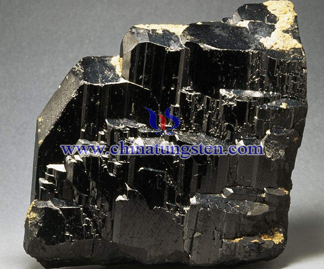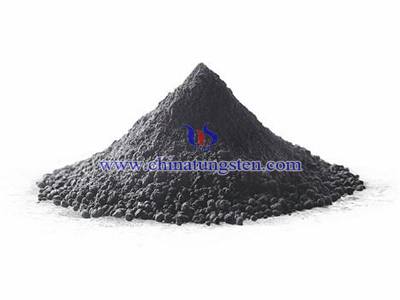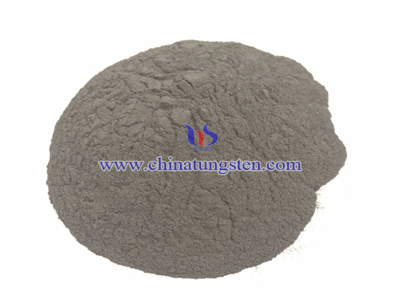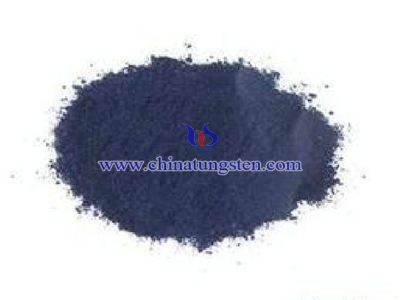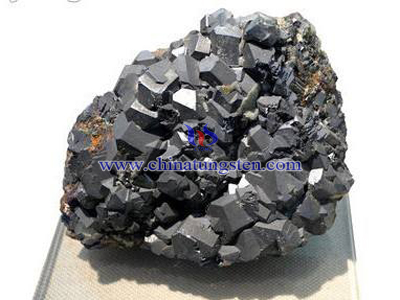Tungsten Ore Dressing
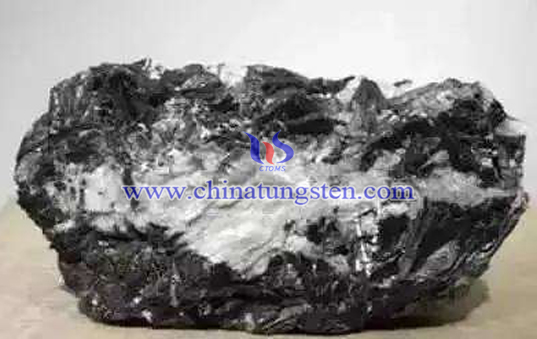
Most of the tungsten ore deposits are also spatially related to Yenshanian granites. These granites include several intrusions, isotopically dated at 160–180 m. y. and 70–100 m. y. The concentration of trace elements, especially W Mo, Sn, Ta, Nb, Li, and F are relatively high in the granites. In the granites of South China, the average WO3 is 4.35 ppm, but in Yenshanian granites, which are the youngest of these, the average WO3 is 5.16 ppm. In the youngest of Yenshanian granites, a light mica-albite granite has been identified, whose average WO3 is as high as 242.3 ppm. From this line of evidence, the tungsten ore deposits in South China are considered to be genetically related to Yenshanian granites.
Wolframite-sulfide-quartz veins and scheelite skarns provide the bulk of the reserves and production. There are many different kinds of alteration associated with the different tungsten ore deposits, but the principal ones are silicification, greisenization, potash-feldspathization and chloritization.
Tungsten ore dressing methods are mainly hand-selected, HM election, re-election, flotation, magnetic separation and electrostatic separation. Wolframite in order to re-election dominated while scheelite flotation mainly associated. To the full recovery of useful components, improving the quality and tungsten concentrates recycling rate, currently the trend of dressing and smelting technology combined to increase the baking and Leaching and other hydrometallurgical refining methods.
Many types of tungsten ore in earth, there are mainly two; black tungsten ore (wolframite) and scheelite (calcium tungsten ore). There is a variety of ore mineral paragenesis, in order to pass the quality of mineral concentrate to meet the requirement and the associated recovery of useful mineral, generally based on the major component of the ore, taking into account the characteristic of associated component, selection process consisting of two or more method.

